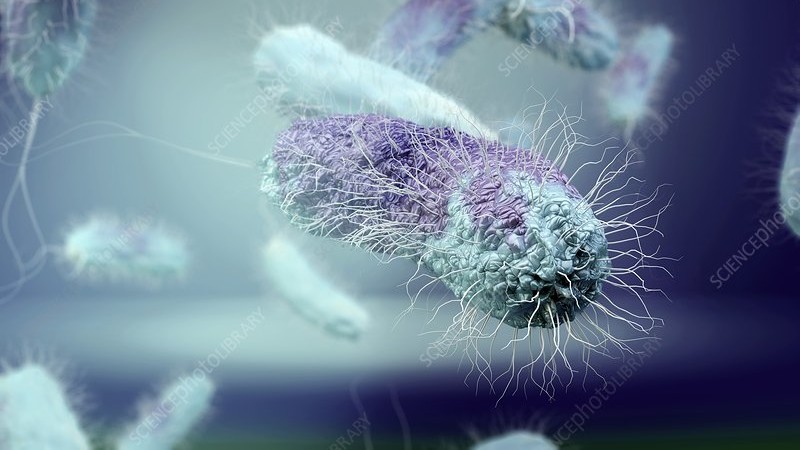This Strange Bacteria Eats Electricity, Called Potentially Generating Energy
 |
| Image Source: Science Photo Library |
In addition, the researchers said the electricity-producing bacteria may be able to use energy sourced from wind or solar collected to make fuel for vehicles.
"I think this organism can eat electricity," said microbiologist at the University of Cincinnati in Ohio, Annette Rowe reported from Science News for Students, Friday (10/12/2021).
Rowe and his team have identified which genes these microbes use to absorb electricity.
Researchers already know that Shewanella bacteria can move electrons back and forth across their cell walls. While electrons are negatively charged particles, their flow creates an electric current.
On the other hand, researchers also do not know exactly how these strange bacteria can control electric current.
"The pathway to get electrons in and out of the cell is like a wire. This allows the current to flow from the inside out, reversing the flow," Rowe said.
According to him, when electrons enter the cell, then the cell can use it to produce current or store energy for later use.
Furthermore, he said that the electrons could later be used to make fuel.
Meanwhile, Buz Barstow, a biological engineer at Cornell University in Ithaca New York has made a list of nearly 4,000 Shewanella bacterial genes including mutations or changes in genes.
Later in the study of the bacteria eating the electricity, Rowe tested mutants to find genes that make up cellular "wires" in Shewanella bacteria, where inside cells a gene can be removed.
To observe which genes had been removed to allow bacteria to attract electrical electrons, researchers tested groups of bacteria with groups of deleted genes.
"It's very difficult to find the flow of electrons, or track electrons."
However, researchers are looking for ways to grow different bacterial mutations in thin metal-plated glass.
Then they attach the wire to the bacteria, so that when an electric current is streamed through the wire, much of the bacteria absorbed or added can be measured.
Eventually the researchers selected five genes that Shewanella apparently used to absorb electrons. Each gene tells cells how to make proteins.
These Bacteria Also Produce Fuel
Not only does it generate electricity, Shewanella oneidensis bacteria seem to be able to produce biofuels or fuels that are different from fossil fuels.
Rowe said Shewanella bacteria are one of the electricity-producing bacteria that can take carbon atoms from carbon dioxide. These bacteria can use the electrons they absorb to make other larger molecules that can be burned as biofuels.
"Knowing which genes drive bacteria to eat electrons could help scientists develop new biofuels," Rowe said.
He said it would be even better if the electrons absorbed by bacteria came from wind or solar power, where biofuels could be produced without adding carbon dioxide.
As a follow-up study, the research team is still working to better understand how bacteria feed on this electricity in producing fuel.
Some of those proteins, called researchers, take electrons and carry them into the cell, by sending signals inside the cell that guide the process or eject electrons.
Join the conversation